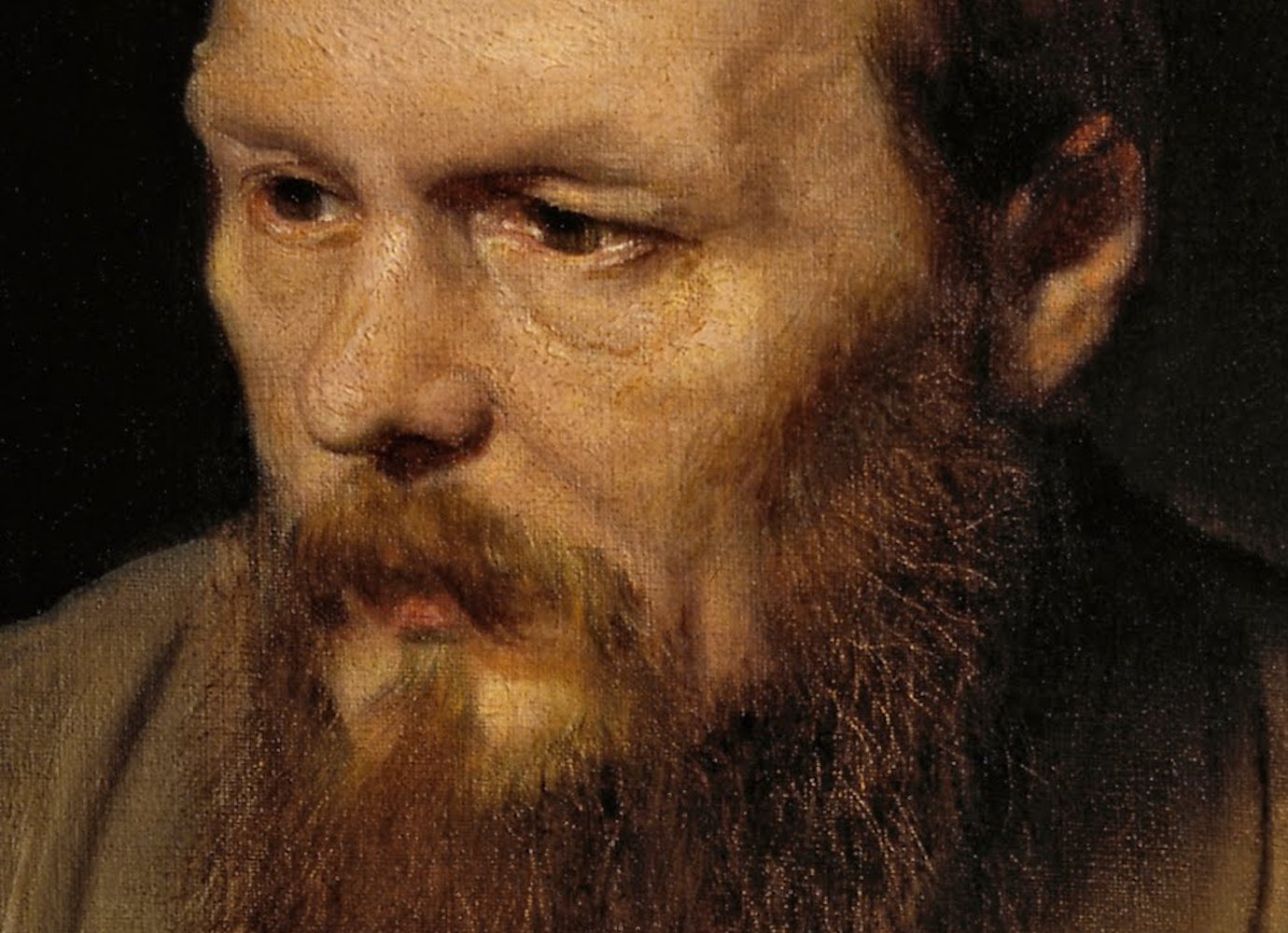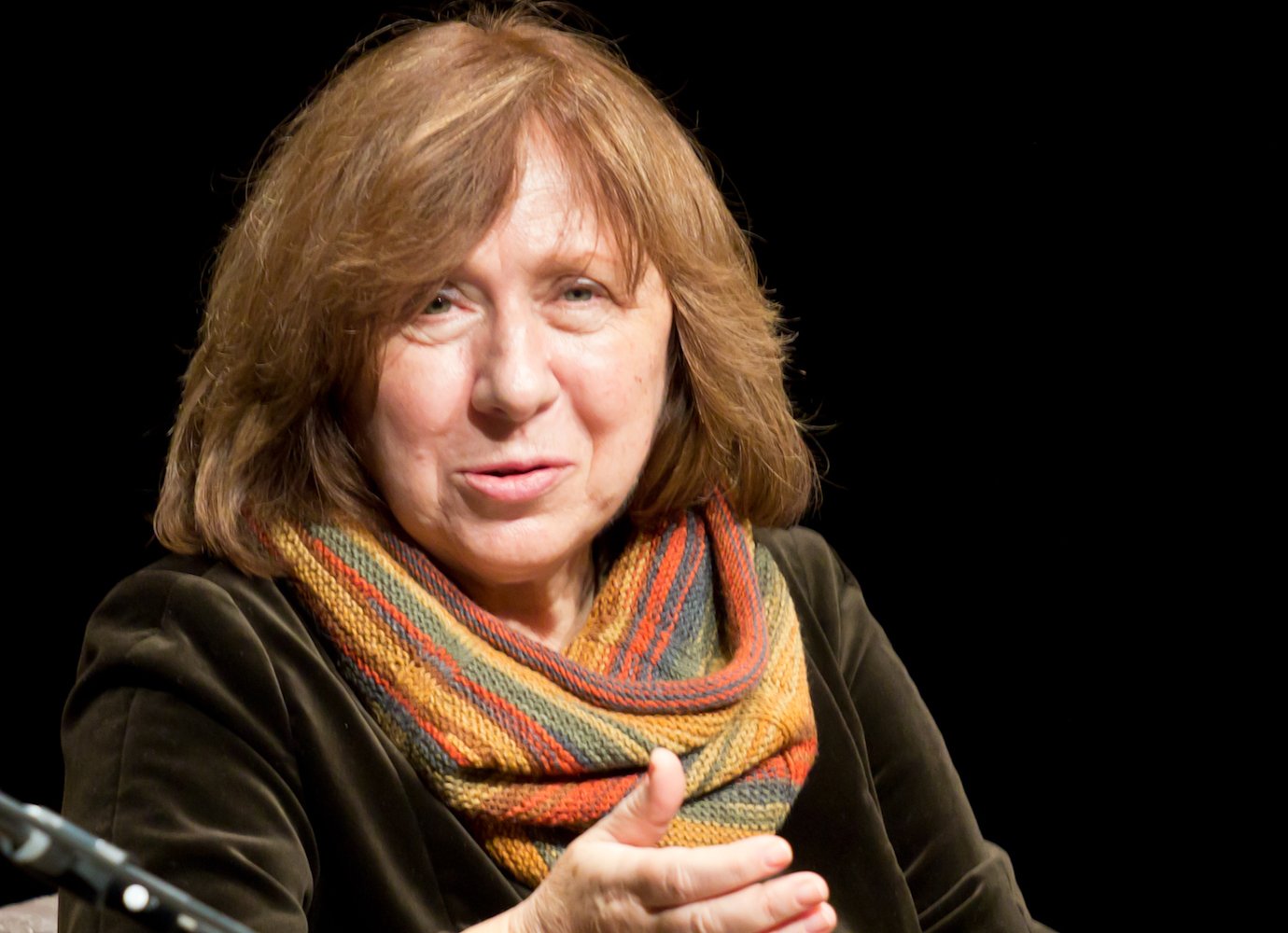László Krasznahorkai: where to start with his literature

László Krasznahorkai is probably the best-known contemporary Hungarian author. His work has received the International Booker Prize in 2015, the National Book Award for Translated Literature in 2019, and the America Award for a lifetime contribution to international writing in 2014, among many others. Known for his breathless, demanding prose, and his itinerant life, Krasznahorkai’s career spans over three decades and three continents.
Susan Sontag called him “the Hungarian master of apocalypse”, but this might not be how he would describe himself. “We are not prepared for reality,” he said in an interview, when he was asked about his fictional universe that often seems to be a tilted, broken version of the world we share. He insisted that much remains unseen or invisible, and what we call realism in literature is little more than a convention of confined, narrow optics and thematic restrictions. Reality, for him, is more overpowering and inescapable, resistant to sober attempts that would hope to exclude the destitute as dystopian, or the driven as crazy. He insists that his characters are real, and vehemently denies that this would be meant in a figurative way.
He started out as a chronicler of marginal, remote corners of Hungary, exploring broken communities and the grotesque hopes they nurture. Once the Iron Curtain fell, he took on a vagrant life with long stretches in China, Japan, the US, and Germany. His fiction has morphed into a global, often metaphysical exploration of escape routes: through engagement with art and the sublime, to the hinterlands of society, to madness. His characters stutter about or else obsessively document their sense of being thrown into a broken universe, moving about, making way. They include Noh mask makers, obsessed archivists and librarians, wandering translators, doctors consumed by paranoia, and workers who abandon their shift.
Krasznahorkai’s coiling sentences are the most commonly feared aspect of his prose: though his diction is punctuated by commas, entire chapters or even books tend to be made up of a single sentence. It isn’t difficult to settle into the rhythm of these endless streams, though: the reader is hurled along until the effect softens into an organic monotony, like that of waves or breathing. The text washes over you, meant not to be interrupted. Krasznahorkai says this is so as to bring the written text closer to the spoken word. It allows the reader’s mind to drift away and be absorbed again, sometimes letting everything in, but resisting other times. Madness meets prayer in its repetitions, whether in his Eastern European novels, Chinese reportage, or short fiction set around the globe.
Here’s a selection that conveys a range of his work across forms and genres.
Sátántangó
Translated by George Szirtes
Krasznahorkai arrived in the Hungarian literary scene with a strange masterpiece published in 1985, having been circulated as a manuscript for years. He had been working odd, menial jobs around the country, with no fixed address, in a regime that was determined to pin everyone down with a job. The novel Sátántangó was born out of these vagrant years.
At its most immediate, it is a scathing portrait of a remote, decaying estate somewhere in Hungary, the inhabitants of which fall desperately for a con man Irimiás, a faux-prophet who deals in promises and salvation. Prophets are state-approved petty criminals in this world, yet their pontification is profound, their metaphysical dilemmas — real. They are scavengers on a wasteland, mirrors held to hopeful desires, ordinary opportunists made demigods by the surrounding inertia. Sátántangó achieves a lot more than capturing late-socialist decay and the subsequent dispossession of many. Its story is global, its existentialist grotesque is realism mislabelled.
Sátántangó was adapted into a seven-hour movie by Krasznahorkai’s long-term collaborator Béla Tarr.
War and War
Translated by George Szirtes
Like Sátántangó, War and War studies nondescript lives struggling with their own banality. People whose destinies are cut off from meaningful participation in something larger-than-life gravitate towards paranoia and obsession like moths to a lamp, hoping to avoid self-destruction by giving themselves to bigger causes.
A suicidal, small town archivist, Dr György Korim finds a manuscript about four men stuck in ancient Crete, failing to escape war and destruction wherever they go in Europe, travelling in space and time. The text obsesses him, and inspires him to escape to New York himself, determined to make it available for everyone by posting it on the internet. War and War is a balancing act of tragedy and comedy: Krasznahorkai takes Korim dead seriously, yet his misadventures are told as if he is a modern Don Quijote. Only the trouble he finds himself in is real, and he is forced to flee Manhattan, his quest broken, finding only war as the men in his manuscript did. War and War is Krasznahorkai’s funniest book, yet it is as grim as the others.
Destruction and Sorrow Beneath the Heavens
Translated by Ottilie Mulzet
Krasznahorkai started travelling to China in the early 1990s, wrote The Prisoner of Urga, and returned 10 years later to then produce Destruction and Sorrow Beneath the Heavens, a literary reportage about the “New China”, south of the Yangtze River. The book is an enumeration of losses: its protagonist, Stein arrives to see what is left of the country’s classical heritage, only to encounter something beyond recognition. Wandering around, he interviews locals, yearning to build bridges to a receding past that is nowhere to be found. Not only the past is lost: about Shanghai, for instance, he says “blinked by its future it has no time for the present”.
Stein is a typical Krasznahorkai protagonist in his search for the liminal and the ecstatic experiences delivered by cultural encounters. At points he, and indeed others in Krasznahorkai’s universe, risk erasing nuance in their Jeremiads. Yet, Destruction and Sorrow is also a riveting portrait of librarians, calligraphers, monks, and theatre professionals who have to come to terms with modernisation and the scale and speed of social and cultural change in the country. It is a chorus of voices that speak back at Stein, agreeing, challenging and correcting his position, leaving the book open-ended and curious.
The World Goes On
Translated by John Batki, Ottilie Mulzet and George Szirtes
The World Goes on is Krasznahorkai’s most ambitious collection of short stories, at least from a geographical perspective. The stories are set in Shanghai, Kyiv, Varanasi, Turin, Istanbul, a forest in Portugal, a hotel room in Hong Kong, with protagonists on their way, often without a clear goal — occasionally there is peace in these journeys, there might even be some revelation here and there, but this tumultuous collection of roadside stories amazes with its sheer load of sensory detail, its ability to show the buzz of the world and people’s attempts at ordering this cacophony, shutting it out, squeezing out resolution. Whether beggars and priests in India or party sets in Ukraine, highways in China, the world eludes these protagonists, disinterested, almost comforting in its emptiness.
The Manhattan Project
Translated by John Batki
The Manhattan Project is a literary diary that retraces the life of Herman Melville, the author of Moby Dick, connecting places and people from New York through Nantucket to Berlin. It includes a photographic essay done in collaboration with photographer Ornan Rotem. This isn’t Krasznahorkai’s first collaboration with visual artists: Animal Inside was inspired by Max Neumann’s paintings, and it was born out of an exchange between the two, and The Bill explored 16th-century Venetian painter Palma Vecchio’s subversive, erotic art.
The Manhattan Project chronicles Krasznahorkai’s attempt to trace the relationship between Melville and New York, Melville’s life after Moby Dick, living with the text and its failure. It leads through the footsteps of others: English poet Malcolm Lowry’s alcohol-induced breakdown and architect Lebbeus Woods’ experimental designs. It is a chronicle of finding and making connections through urban space, a backstage view of the work that went into his novella, Spadework for a Palace.


